Contestants in STIP’s second Aquaculture Innovation Challenge aim to address critical shrimp-farming needs
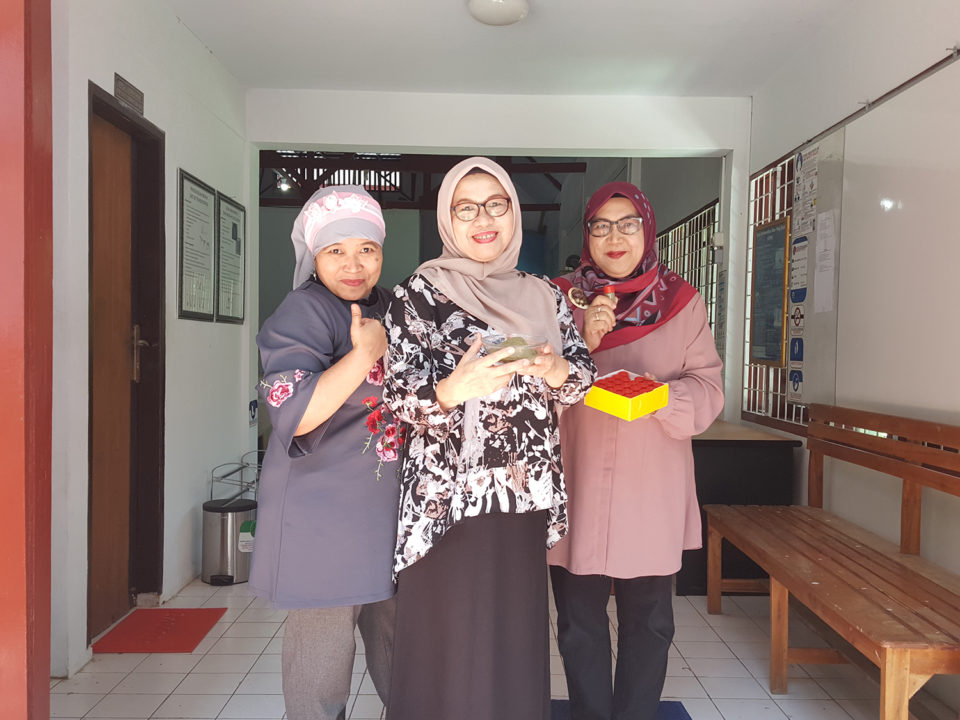
Shrimp farmers in Indonesia, spread across the world’s most-populated island nation, employ a wide variety of production methods, creating logistical difficulties as many farms are located in remote and hard to reach areas. While many operators would embrace new innovations and technologies, they often lack access.
The Aquaculture Innovation Challenge (AIC) aims to change that. Organized by the Seafood Trade Intelligence Portal (STIP) in Utrecht, the Netherlands, Fresh Studios in Hanoi, Vietnam, Solidaridad Indonesia in Jakarta, and Institut Pertanian Bogor, in West Java, Indonesia, AIC finds sustainable innovations to the aquaculture industry and supports developers to gain access to the knowledge, networks, financing and capital needed to grow. In this second rendition of the AIC, the competition turned its focus to the Indonesian shrimp industry.
“There is often a disconnect between innovators developing the latest advancements in aquaculture, the investors, and the ground level users who could benefit from these advancements,” said STIP Director Willem van der Pijl. “Indonesia is a particularly interesting country in this regards as, while in some regions of the country the shrimp industry is relatively vertically integrated, in others it is dominated by smallholder farmers and relatively complex supply chains.”
Currently, AIC judges are deliberating over the second round of applications, as contestants eagerly await news of which five will go on to the boot camp and final pitching event, to be held near Jakarta in June.
In this article exclusive to Advocate readers, AIC organizers showcase some of the dynamic minds behind a few promising innovations.
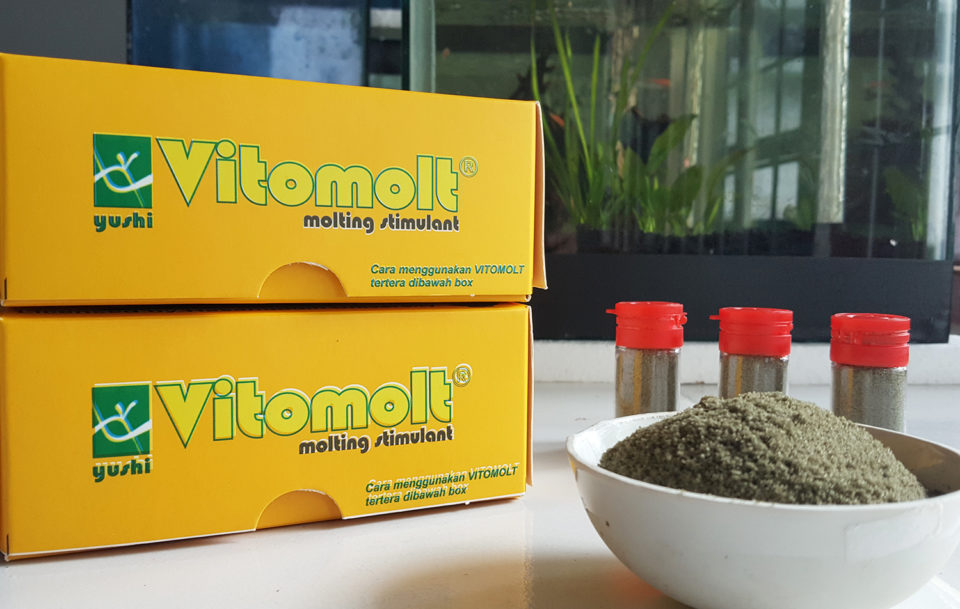
VitoMolt
By the addition of a plant extract (phytoecdysteroid) to shrimp feed, VitoMolt promises to address the prohibitive price of feed, the threat of disease and the environmental impact of shrimp culture in Indonesia.
“Vitomolt is an herbal extract containing a chemical substance similar to the molting hormone in crustaceans and produced by certain plants naturally,” said Dr. Yushinta Fujaya, Vitomolt project leader. “Several previous studies found that ecdysteroids play a role in increasing protein retention, stimulating muscle protein synthesis, carbohydrate metabolism, lipid biosynthesis and as an immune-stimulant and antioxidant.”
Noticing that shrimp have a low protein retention rate, Vitomolt promises to increase retention, reducing the amount of feed needed.
“Using [VitoMolt] increases the bottom line [of farmers] and reduces the environmental pressure resulting from farming waste products and the production of fishmeal,” said Fujaya, noting that reducing the amount of undigested protein in shrimp excrement will also reduce the risk of disease outbreaks.
Already being applied commercially for soft shell crab culture and having been tested for shrimp and lobster, the product promises to lower the production cost of shrimp, without reducing the quantity or quality of the shrimps produced- lowering the barrier to entry for more smallholder farmers.
Coming from academia, one of the main challenges for the company is the commercialization. Through the AIC experience, Vitomolt team hopes to gain valuable experience in developing a business plan and insights into how to make its innovation commercially viable.
“We want to learn how to change our mindset to become entrepreneurs, to start and develop a profitable business,” said Fujaya.
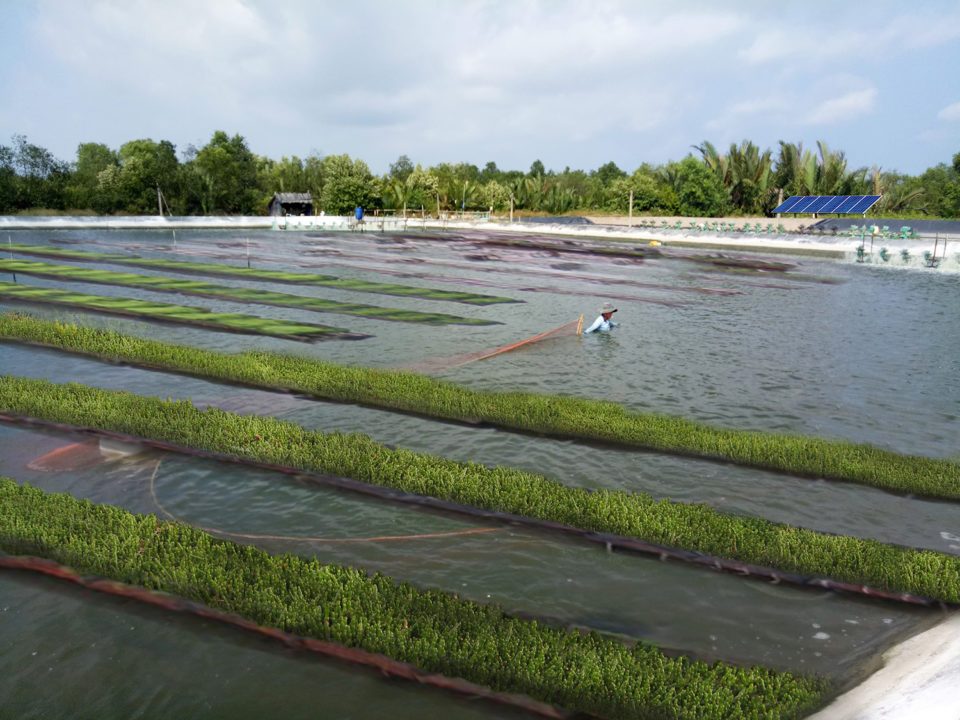
Seawater Solutions
Describing itself as an agri-environmental company, Seawater Solutions’ Integrated Seawater Aquaculture Systems (ISAS) promotes the culture of naturally salt-tolerant crops in a multi-species farming system. The system is designed to “supplement the income of farmers, improve farm efficiency, reduce the environmental impact of shrimp farming and actually benefit local biodiversity,” said Yanik Nyberg, founder and director of Seawater Solutions.
ISAS promotes the growth of plant species like salicornia and sea asters, which “take in huge quantities of contaminants, negating the need for chemicals in wastewater treatment,” according to Nyberg, and other plant species valuable to the cosmetics and food supplement industry, increasing the productivity of the farms. Nyberg also believes that by the uptake of their system, farms of the future could become an “oases for wildlife,” protecting and even improving biodiversity in the area.
“Our long-term goals are to scale our revolutionary farming systems across coastal farms around the world, creating wetland ecosystems on farming operations that have previously had negative environmental impacts,” said Nyberg. He hopes that participation in the AIC will connect the company to partners that can help find suitable coastal aquaculture farms to pilot its systems and support its scaling efforts.
Vannamei 101
Synbiotics is a methodology and technique promoted by David Kawahigashi, founder of the consulting company Vannamei 101, which has been promoting a preventative management tool for shrimp farmers worldwide. Synbiotics works to boost productivity, efficiency and sustainability with a holistic approach that combines the use of prebiotics, probiotics and fermentation, producing metabolites to stabilize culture systems and improve efficiency.
“Since 2010 and the emergence of these bacteria-related diseases [as opposed to the viral pathogens that caused the most damage on shrimp farms previously], the strategy for containing or minimizing the impact of these bacterial-borne pathogens has changed from a ‘viral-exclusion’ to a ‘pathogen-outcompete’ mode,” said Kawahigashi. “The aim of this innovation is to develop and market a pre-mix of the fermented rice bran (FRB) to both traditional and intensive culture farms in Indonesia to improve their efficiency and reduce environmental impact.”
The system requires very little training and minimal cost, with ingredients that are readily available in Indonesia.
“I believe that Synbiotics is the easiest and most economical means of improving the bottom line for these farmers and more importantly, to produce more in harmony with the environment,” said Kawahigashi. “If I can achieve the goals of greater profitability [of shrimp farms] with reduced impact on the environment, I would be totally satisfied.”
This Aquaculture Innovation Challenge is an innovation by itself, it is a model that can be emulated across [all of the] commodities that we are working with.
The main challenge Kawahigashi sees in bringing this product to market is simply getting the product to the market.
“Given that Indonesia is a nation made up of many islands spread over a massive region, if my proposal makes it to the boot camp, my focus will be on further developing the route to market and identifying potential partners to locally manufacture and deliver the product throughout the country,” said Kawahigashi. If won, prize money will be used to “turn this innovation into a business reality.”
Other successful applicants submitted proposals for innovations in feed, production technology, environmental impact, diseases control and certification. Of the 14 applicants that submitted their round-two applications, five innovators will head to the AIC boot camp. There, they will be supported to develop their business plan and pitch deck during an intensive three-day workshop, leading up to the final pitching event where they will get the opportunity to present their business plans to an international audience of industry professionals from the public sector, private sector, scientific and investment community.
Prizes for the winners include cash prizes, admittance to the Hatch Blue aquaculture accelerator program and the opportunity to present their idea at the Global Aquaculture Alliance’s Global Outlook for Aquaculture Leadership (GOAL) conference in Chennai, India, this October.
“Aquaculture Innovation Challenge is designed to bring about the best in technology to how we carry out aquaculture activities” said Kulbir Mehta, Solidaridad Indonesia’s country manager. “In fact, this Aquaculture Innovation Challenge is an innovation by itself, it is a model that can be emulated across [all of the] commodities that we are working with.”
Follow the Advocate on Twitter @GAA_Advocate
Now that you've reached the end of the article ...
… please consider supporting GSA’s mission to advance responsible seafood practices through education, advocacy and third-party assurances. The Advocate aims to document the evolution of responsible seafood practices and share the expansive knowledge of our vast network of contributors.
By becoming a Global Seafood Alliance member, you’re ensuring that all of the pre-competitive work we do through member benefits, resources and events can continue. Individual membership costs just $50 a year.
Not a GSA member? Join us.
Author
-

Adeyemi Ademiluyi
Adeyemi Ademiluyi is the communications officer of Seafood Trade Intelligence Portal in Utrecht, Netherlands and a staff writer for their ShrimpTails Magazine.
[109,111,99,46,112,105,116,45,100,111,111,102,97,101,115,64,105,109,101,121]
Tagged With
Related Posts
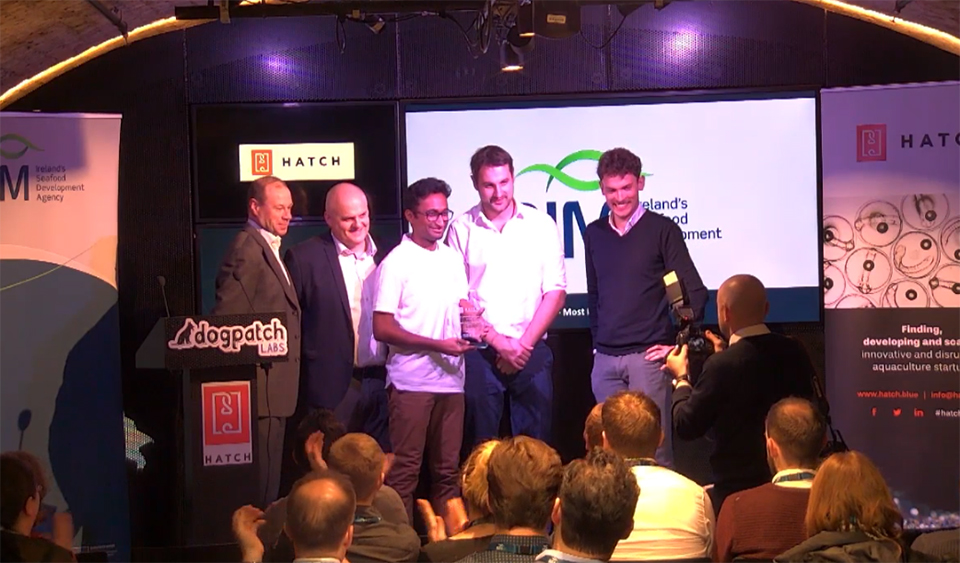
Innovation & Investment
Hatch opens six-pack of winning aquaculture innovators at Demo Day
Demo Day in Dublin, Ireland, last week marked the conclusion of the Hatch aquaculture business accelerator’s second cohort in 2018.
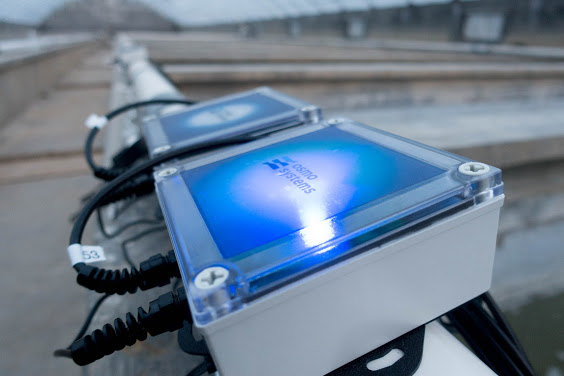
Innovation & Investment
Global Aquaculture Innovation Award finalist: Osmo Systems
Zach Stein, CEO and cofounder of Silicon Valley-based Osmo Systems, thinks it’s time aquaculture embraces rapid change through technology. His startup aims to help aquaculture operators automate water quality monitoring systems.
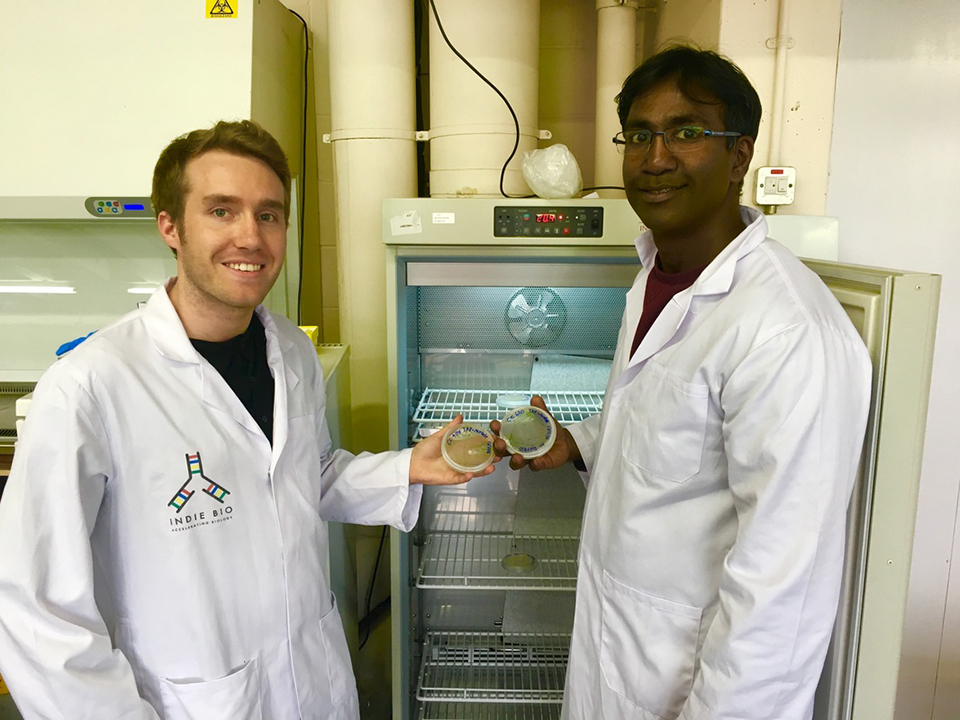
Innovation & Investment
Microalgae into medicine: Biotech startup targets shrimp, salmon diseases
MicroSynbiotiX is employing the power of transgenic microalgae to make it cheaper and easier for aquaculture producers to administer vaccines to fish.
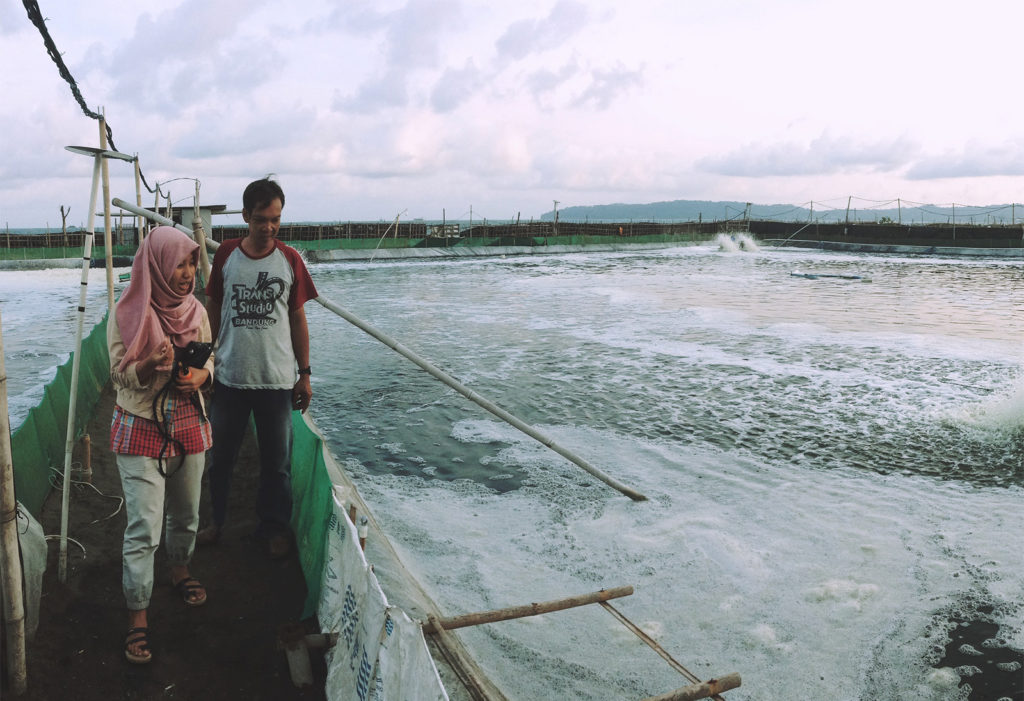
Innovation & Investment
JALA engineering innovation for Indonesian shrimp farmers
A company in Indonesia hopes the vast network of shrimp farms throughout the country will adopt its IoT device, particularly when they’re on the go.

